Special Report
America's Most and Least Successful Companies in 2016

Published:
Last Updated:

The stock market provides a practical means for many companies, large and small, to raise capital. It is also a way for individual investors to profit tremendously — if they pick the right stocks.
Each year, share prices fluctuate considerably, and personal fortunes are made and lost in the stock market. This year was no exception. While companies such as Silicon Valley’s Nvidia were a boon for shareholders, with share price growing by more than 200%, other companies, like drugmaker Alexion, lost roughly 40% or more of their value on Wall Street.
[in-text-ad]
No matter the underlying causes, the fluctuation of a given company’s stock price is indicative of investor confidence. 24/7 Wall St. reviewed the year-to-date share price changes for each company in the Standard & Poor’s 500 index to determine the most and least successful stocks in 2016.
Click here to see America’s most successful companies in 2016.
Click here to see America’s least successful companies in 2016.
The S&P 500 is an index of the 500 publicly traded companies with the highest total share value. The index is designed to reflect the overall performance of large companies specifically and is an important benchmark for the stock market and the U.S. economy. Because the companies that comprise the S&P 500 index are large by definition, they are often considered relatively safe investments, more likely to be protected from large share price fluctuations. However, every company on this list is an exception.
Several of the best performing companies — with the largest share price gains year-to-date — operate in the resource extraction business. While the oil and gas industry has been severely hurt by the recent drop in oil prices, activities related to pipeline construction have not slowed. Pipeline construction and capacity are up in 2016 compared with previous years. Across the nation, 10 U.S. natural gas pipeline projects have been completed or are expected to be completed before the end of 2016, according to the Energy Information Association. Two of the strongest S&P 500 performers are are oil and gas pipeline companies.
Additionally, two other top-performers are involved in precious metal extraction. The prices of gold, silver, and copper have all increased in 2016.
On the other side of the coin, shares of many companies that lost value this year were in biotech and pharmaceutical manufacturing, an industry in which companies often report little revenue and exceptionally high research and development costs. Of the eight health care companies that were among the worst performers, seven missed earnings estimates in at least one quarter this year.
Legal trouble also tends to spook investors. The one drug maker on this list to report a significant drop in share price in 2016 that did not disappoint investors when reporting financial results faced a bigger problem this year. Shares of Endo International plunged after a class action lawsuit against a company’s subsidiary was filed alleging it colluded with other companies in an effort to fix drug prices.
No matter what happened to a given company’s share price in 2016, a single year is often not enough to perfectly gauge the ultimate success of a company. Many companies on this list have been publicly traded for decades and have seen dramatic hikes and dips in their share prices.
In order to determine the most and least successful companies in 2016, 24/7 Wall St. reviewed the largest positive and largest negative stock price changes from January 4 to December 15 2016 for all companies comprising the Standard & Poors 500 index. Revenue for each company’s latest fiscal year came from financial documents filed with the Securities and Exchange Commission. Projected fiscal year revenue was obtained from Yahoo Finance. Sector classification is based on the S&P 500 index. Companies in the S&P 500 that implemented stock splits at some point in 2016 — Monster Beverage Corp, for example — were excluded due what would be conflicting year-to-date periods.
These are America’s most and least successful companies of 2016.
Most Successful

12. Cummins (NYSE: CMI)
> YTD stock price change: 59.1%
> Latest FY revenue: $19.11 billion
> Forecasted FY revenue: $17.33 billion
> Sector: Industrials
Cummins manufactures and distributes diesel and natural gas engines and electrical power generation systems. The company’s stock price has surged by 59% since January 1, 2016, outperforming all but a handful of other stocks in the S&P 500. The increase in Cummins share price may be partially due to company initiated stock buybacks. In early February, the company announced an accelerated stock repurchase agreement with Goldman Sachs for $500 million of its own shares.
[in-text-ad]
In late March, Cummins announced a joint venture with a Saudi company that will help it consolidate its distribution networks in Kuwait, Saudi Arabia, and the United Arab Emirates. The company anticipates the move will greatly expand its reach in its largest markets in the Middle East. On the domestic front, in partnership with Peterbilt Motors Company, Cummins announced in September it would work to develop engine technology that will double the freight efficiency of 18-wheeler trucks as part of the Department of Energy-funded Supertruck II program.

11. Best Buy (NYSE: BBY)
> YTD stock price change: 61.6%
> Latest FY revenue: $39.53 billion
> Forecasted FY revenue: $39.73 billion
> Sector: Consumer discretionary
Though primarily a brick-and-mortar business, online sales are accounting for an increasingly larger share of Best Buy’s revenue. So far this year, the company has achieved better than anticipated financial results in each quarter. Revenue in the company’s third quarter was driven primarily by demand for consumer electronics and smart phones.
While 2016 was on the whole a good year for Best Buy shareholders, it was also relatively erratic. CEO Hubert Joly spooked investors in June after he disclosed he had cut his stake in the company by 44%. Best Buy share price fell 5% in a single day following the disclosure. The company has made up for the loss handily since, however. Some analysts attribute the company’s success in recent years to Joly’s efforts. Taking the reins as CEO in 2012, Joly cut costs and sold foreign divisions, significantly increasing Best Buy’s profitability and regaining investor confidence.
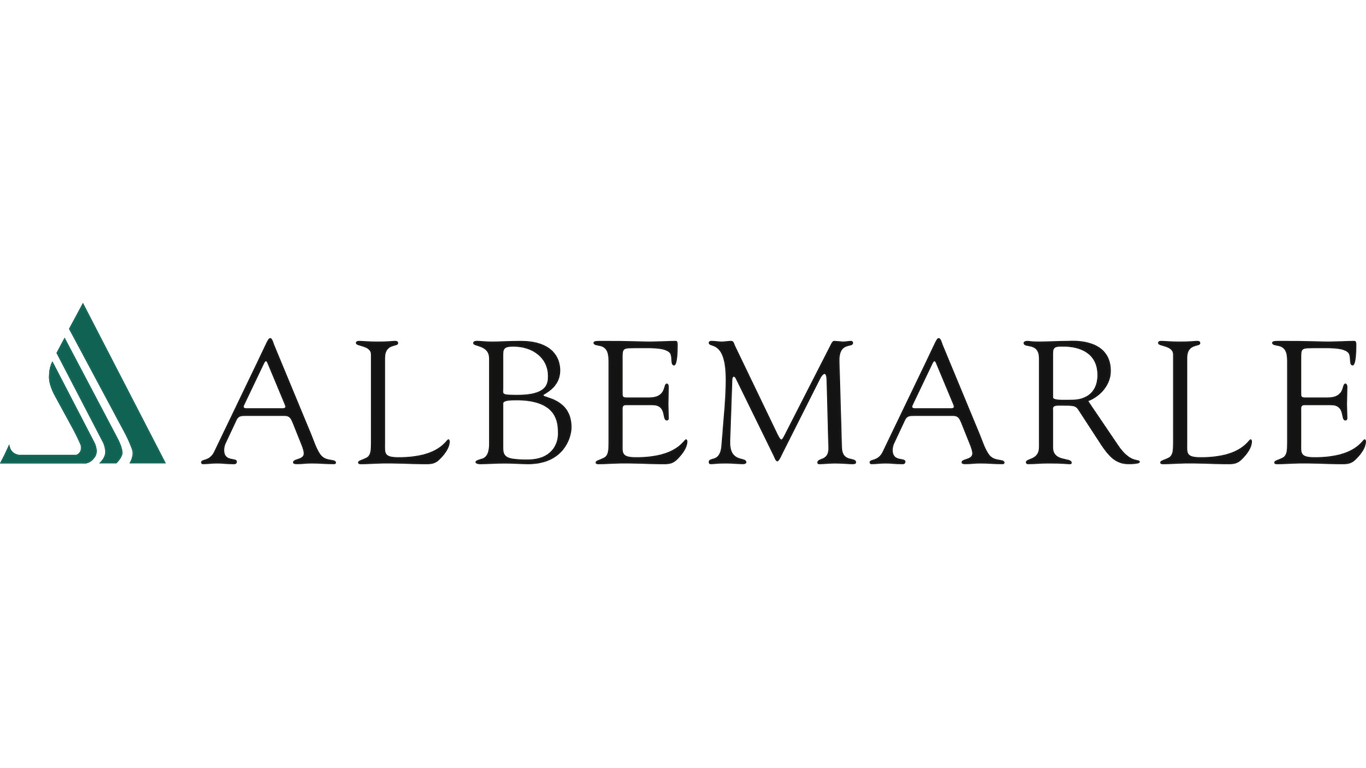
10. Albemarle (NYSE:ALB)
> YTD stock price change: 61.9%
> Latest FY revenue: $3.65 billion
> Forecasted FY revenue: $2.76 billion
> Sector: Materials
After beating analyst expectations in the third quarter, chemical maker Albemarle has been among the best performing stocks in the S&P 500 in 2016. The company’s share price climbed steadily throughout the year from around $50 in January, to nearly $90 in mid-December.
Chevron, ExxonMobil, Panasonic, and Samsung, some of the largest companies in the world, are among Albemarle’s corporate clients. The high profile clients helped Albemarle bring in nearly $3.7 billion in sales in 2015. In addition to a reliable revenue stream, many investors may approve of the company’s plans to expand its core business. In a deal announced in June 2016, Albemarle sold its Chemetall Surface Treatment subsidiary to German chemical manufacturer BASF for $3.2 billion. The sale was part of a broader effort to reduce tangential businesses to focus on growth.

9. Martin Marietta Materials (NYSE: MLM)
> YTD stock price change: 62.5%
> Latest FY revenue: $3.27 billion
> Forecasted FY revenue: $3.58 billion
> Sector: Materials
Martin Marietta Materials sells construction aggregates and heavy building materials. While it may not have the name recognition of many other S&P 500 companies, it has rewarded shareholders in 2016 more than nearly every other company in the index.
[in-text-ad]
Certain market conditions have likely helped boost investor confidence. Increased demand for one of the company’s primary products and revenue sources, known as aggregate — a building material that consists primarily of crushed stone — has boosted company performance. Like other U.S. construction companies, Martin Marietta Materials has benefitted considerably from the housing market recovery. Legislation passed at the end of last year, authorizing a five year $300 billion highway repair plan will further improve prospects for the company.
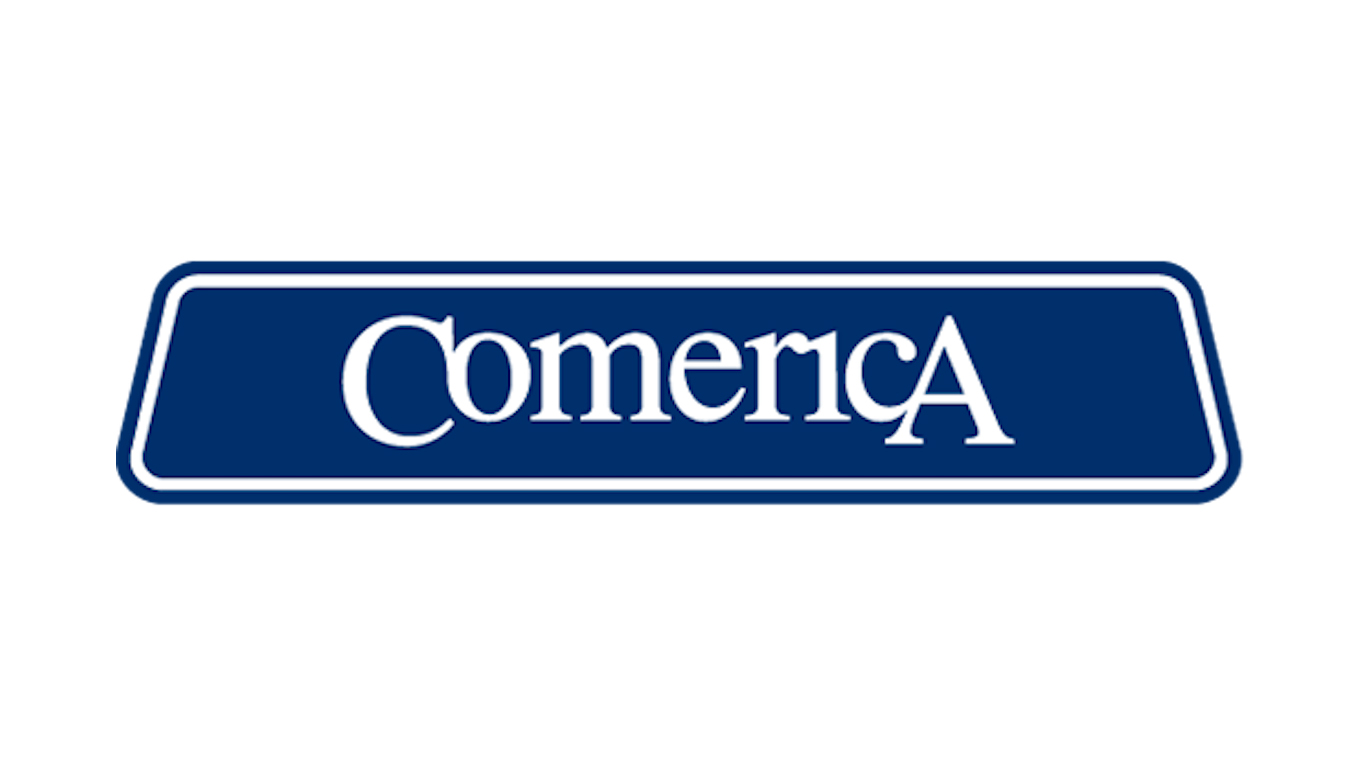
8. Comerica (NYSE: CMA)
> YTD stock price change: 64.7%
> Latest FY revenue: $2.86 billion
> Forecasted FY revenue: $2.98 billion
> Sector: Financials
Comerica Incorporated is the parent company of Comerica Bank, the largest commercial bank in Texas. With the company’s stock price shooting up nearly 65% since January, it has been one of the best performing stocks in the S&P 500 in 2016. The bank’s share price is nearly at its all time record high set in the late 1990s.
Earlier this year, some of the company’s largest stakeholders voiced concerns over lower-than-expected returns. In response to these concerns, the company, in partnership with Boston Consulting Group, reviewed its expenses and revenue to identify opportunities to maximise profits. The company announced in July plans for a 9% workforce reduction by 2017. After missing earnings targets in the first two quarters of 2016, Comerica outperformed analysts’ expectation in the third quarter.
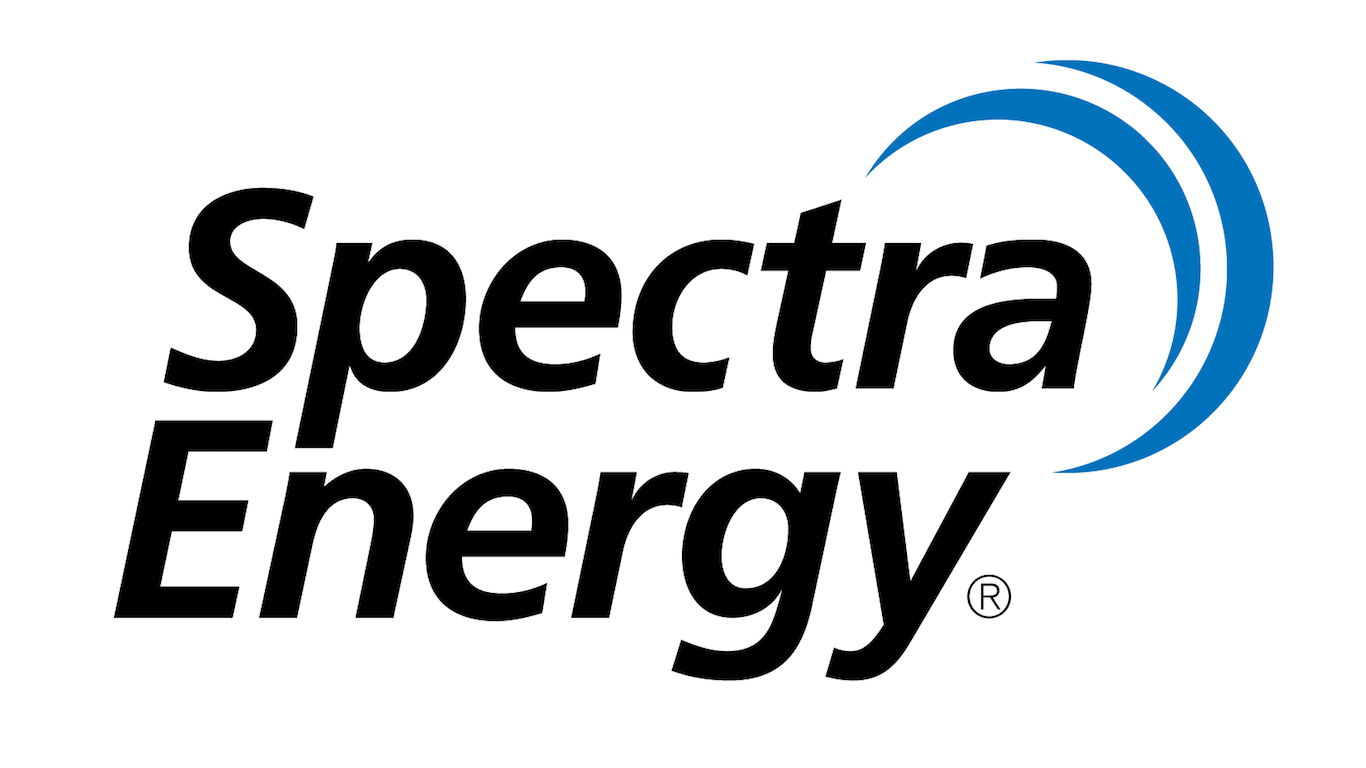
7. Spectra Energy Corp. (NYSE: SE)
> YTD stock price change: 68.8%
> Latest FY revenue: $2.45 billion
> Forecasted FY revenue: $2.98 billion
> Sector: Energy
Energy infrastructure and pipeline operators Spectra Energy and Enbridge Inc. announced on September 6 a $28 billion merger deal. Following the announcement, Spectra shares jumped 13% within hours. Following completion of the deal, which is expected to close in the first quarter of 2017, the combined company under the Enbridge name will become the largest energy infrastructure company in North America, and will have an estimated $127 billion market cap. Over the next decade, the new company’s dividend payments are projected to increase by 10% to 12%.
A strong year overall, Spectra’s stock price has surged this year, outperforming the S&P 500, which has grown approximately 11% year-to-date. The decision to merge is part of an ongoing consolidation trend in the pipeline industry due in part to low oil prices.
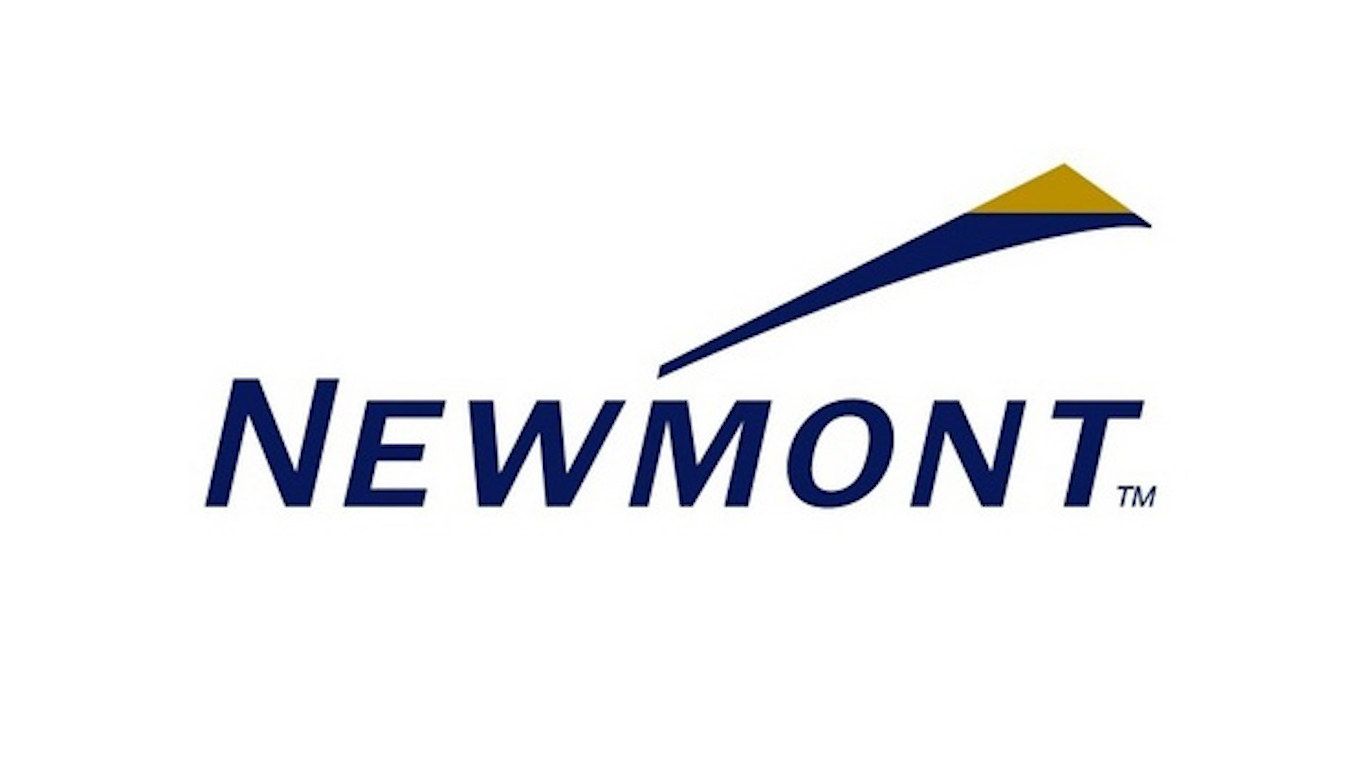
6. Newmont Mining (NYSE: NEM)
> YTD stock price change: 72.3%
> Latest FY revenue: $7.73 billion
> Forecasted FY revenue: $7.61 billion
> Sector: Materials
The stock price of Newmont Mining has increased substantially since January 2016, outperforming the S&P 500, which has grown by approximately 11% year to date. As one of the largest gold producers in the world, Newmont’s stock is heavily tied to the price of gold and other precious metals. Due to the tendency to hoard gold and other factors that can distort supply and demand, the price of gold can be particularly volatile. Further, as is the case across the U.S. economy, shifts in monetary policy, economic data releases such as jobs reports and unemployment rate, as well as changes in manufacturing demand can all heavily influence the price of gold. For example, the Federal Reserve did not raise interest rates as much in 2016 as was expected at the end of last year. Because gold as an asset is generally considered a safe haven, and offers no yield, this helped raise prices of the metal.
[in-text-ad]
Gold prices also tend to rise with uncertainty. In the months leading up to the U.S. presidential election, for example, concerns over President-elect Donald Trump’s inexperience led to a greater demand for gold, which led to gold prices shooting higher. Since his election, however, gold has traded downward.

5. Applied Materials (NASDAQ: AMAT)
> YTD stock price change: 74.8%
> Latest FY revenue: $9.65 billion
> Forecasted FY revenue: $13.04 billion
> Sector: Technology
Applied Materials is now trading at around $33 a share, nearly double its value a year ago and the highest it has been in well more than a decade. The company manufactures and sells equipment used in the production of semiconductors, solar panel components, as well as display technologies for computers and other electronic devices. Heavily dependent on research and development, Applied Materials owns to more than 10,200 patents.
This year in particular, investor confidence was likely boosted by the company’s solid financial performance. In the fourth quarter, new orders were up about 25% and net sales rose 39% year over year. The company beat earnings projections in each quarter so far in 2016. Applied Materials paid quarterly dividends to shareholders.
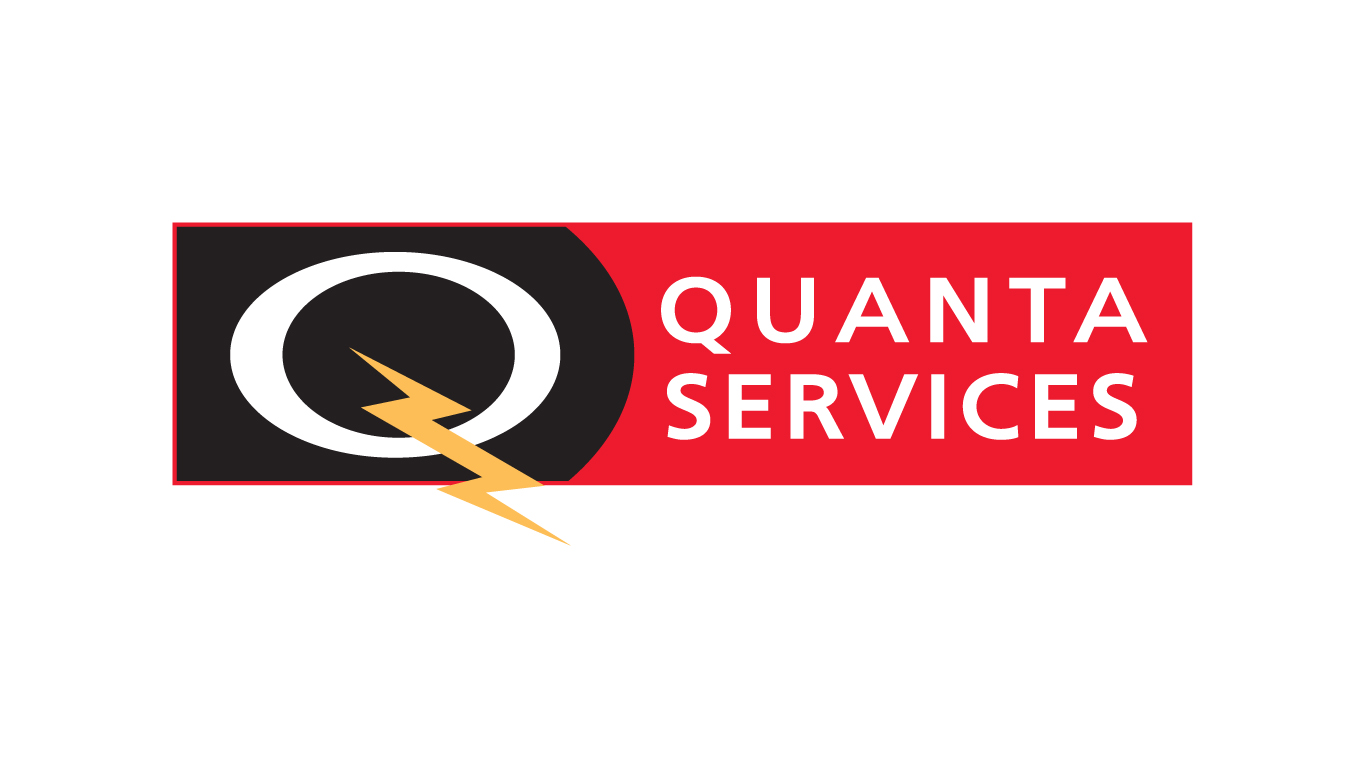
4. Quanta Services (NYSE: PWR)
> YTD stock price change: 75.0%
> Latest FY revenue: $7.57 billion
> Forecasted FY revenue: $8.14 billion
> Sector: Industrials
Quanta Services provides energy companies with supplies as well as procurement, construction, and engineering services. Quanta Services stock price has climbed steadily throughout 2016. Currently valued at nearly $36 a share, the company’s stock price has risen 75% year to date, more than the vast majority of companies comprising the S&P 500.
In an arrangement with JPMorgan Chase in April, Quanta Services bought back $750 million of its own stock. While stock repurchase programs like this can inflate the performance of a company they generally result in a rise in stock price. While falling crude oil prices in recent years slammed energy companies, news that OPEC members will join major non-OPEC oil producers and cut oil production has rejuvenated energy stocks.
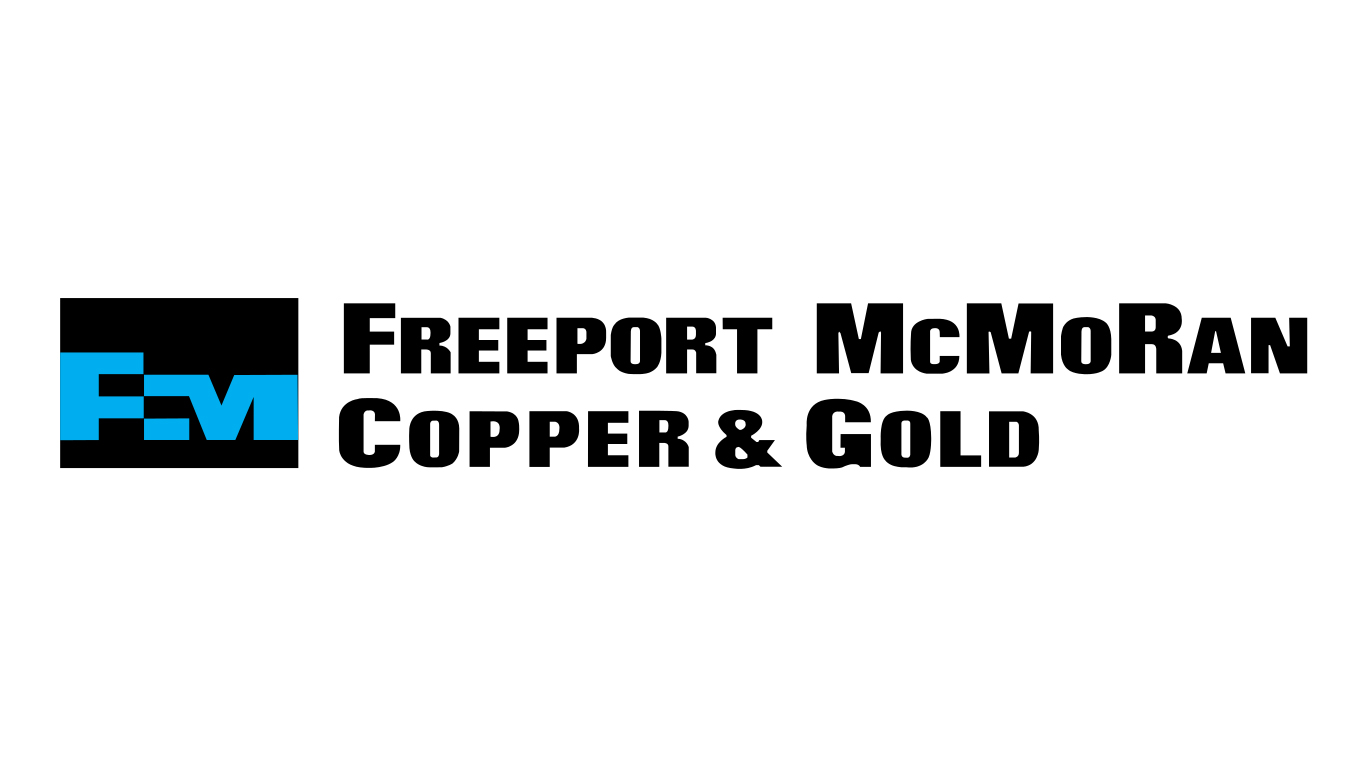
3. Freeport-McMoran (NYSE: FCX)
> YTD stock price change: 120.7%
> Latest FY revenue: $15.87 billion
> Forecasted FY revenue: $15.78 billion
> Sector: Materials
Freeport-McMoran explores and extracts oil and gas as well as precious metals such as gold, silver, and copper. The company is among the top performing on the S&P 500 in 2016 and one of few stocks to more than double in price. At the end of last year, the company owned an estimated 99.5 billion pounds of copper, 271.2 million ounces of silver, and 27.1 million ounces of gold — the prices of all these commodities rose in 2016. Gains in these markets helped offset the company’s losses in its oil and gas segment, due to declining oil prices in recent years.
[in-text-ad]
In addition to strong performance in certain commodities markets, investors were also likely encouraged by the company’s concerted effort to reduce debt. Freeport-McMoran in November sold some $2.7 billion in assets and much of the proceeds went toward debt reduction.

2. ONEOK (NYSE: OKS)
> YTD stock price change: 136.1%
> Latest FY revenue: $7.76 billion
> Forecasted FY revenue: $11.02 billion
> Sector: Energy
Due to the glut in oil, crude prices plunged in 2015 and remained low throughout 2016, leading to severe declines across the sector. Despite this, one segment — the installation of pipelines and construction of natural gas processing plants — remains strong in the United States. Diversified energy company Oneok has not only relied on the strength of the sector, but also expanded its growth opportunities. In a vote of confidence from investors, the company’s share price has more than doubled since the beginning of the year. According to the company, the recently completed Lonesome Creek natural gas processing plant, which has capacity to process 200 million cubic feet per day, helped increase output. In March, Oneok also completed the first phase of an expansion of its Midwestern Gas Transmission, a 400-mile natural gas pipeline. The expansion improved the company’s ability to serve markets in Tennessee, Kentucky, Indiana, southern Illinois, and Chicago.

1. NVIDIA (NASDAQ: NVDA)
> YTD stock price change: 201.1%
> Latest FY revenue: $5.01 billion
> Forecasted FY revenue: $7.90 billion
> Sector: Technology
Semiconductor company Nvidia has been the best performing S&P 500 stock this year, as the chipmaker’s stock price has more than tripled since January. Nvidia manufactures chips for the gaming, professional visualization, data, mobile and automotive markets. With improving graphics capabilities, the shift to cloud computing, and ongoing developments in the auto industry from the likes of Google and Tesla, analysts largely agree that these industries will continue to grow as will their demand for chips. The U.S. gaming industry, for example, is projected to grow approximately 5% each year through 2020, according to consulting giant PwC. Nvidia’s data center business is also performing very well, with its second quarter 2016 revenue more than double the segment’s second quarter 2015 revenue.
Least Successful
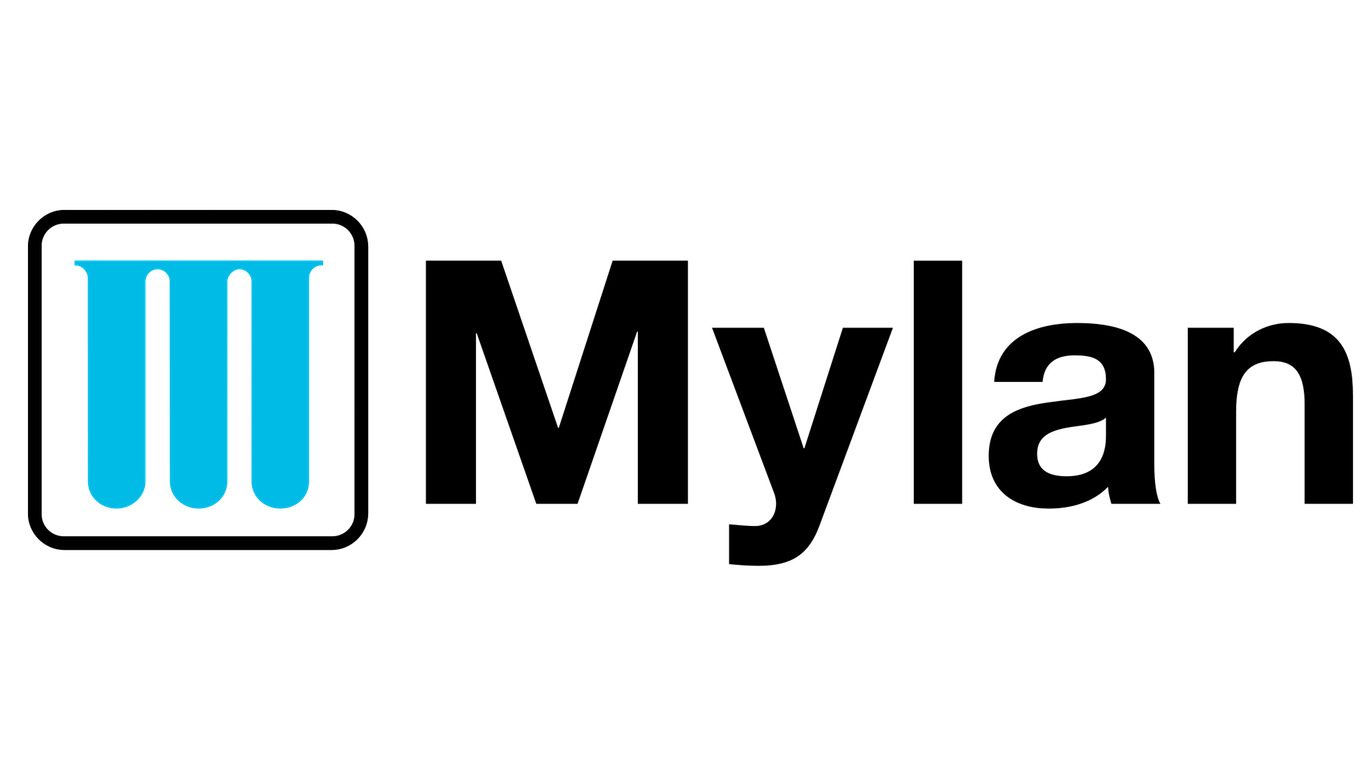
12. Mylan (NASDAQ: MYL)
> YTD stock price change: -29.9%
> Latest FY revenue: $9.43 billion
> Forecasted FY revenue: $12.77 billion
> Sector: Health care
Most companies that suffered the biggest losses on the trading floor this year were drugmakers that missed earnings estimates in at least one quarter, and Mylan is one such company. The generic drugmaker began 2016 by announcing fourth quarter earnings that fell short of estimates, causing share prices to tumble. Earnings failed to meet projections again in the third quarter of 2016.
[in-text-ad]
This summer, the company was the subject of a public relations crisis for having raised the cost of life saving EpiPens from $100 to over $600 in less than 10 years. As a result of a price gouging investigation, Mylan agreed to a $465 million settlement with the Department of Justice. In an attempt to assuage public outrage, and perhaps win back investor confidence, the company announced its intention to introduce a generic version of the drug for about half the current price of the name brand version.
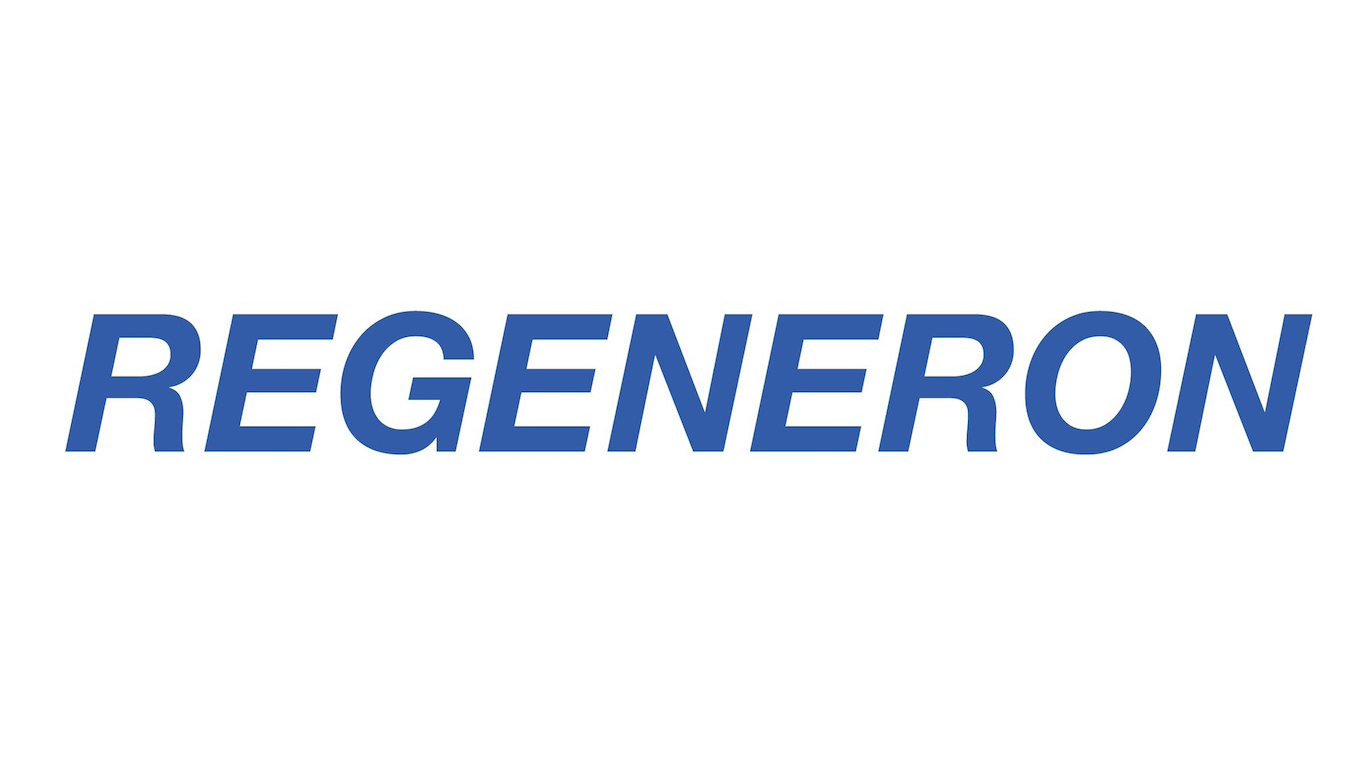
11. Regeneron Pharma (NASDAQ: REGN)
> YTD stock price change: -30.0%
> Latest FY revenue: $4.10 billion
> Forecasted FY revenue: $5.77 billion
> Sector: Health care
A single year of stock performance is not always a perfect metric of a company’s overall success. The price of Regeneron Pharma shares increased steadily from 2012 through the end of 2015. The company has had a rough 2016, however. The company missed Q4 2015 earnings estimates by a wide margin at the beginning of the year. One blockbuster drug can pad a pharmaceutical company’s finances for years, and Regeneron investors hoped for a boost after its experimental treatment for eczema, duplilumab, co-developed by its research and development partner Sanofi, showed promise in testing. Regeneron shares rose in November with the biotech industry, but this was not enough to offset the company’s over 30% share price plunge year-to-date.
In the third quarter, Regeneron Pharma reported net sales of $857 million, up from $738 million in the third quarter of 2015. Sales of Eylea, an eye medication, drove profits.
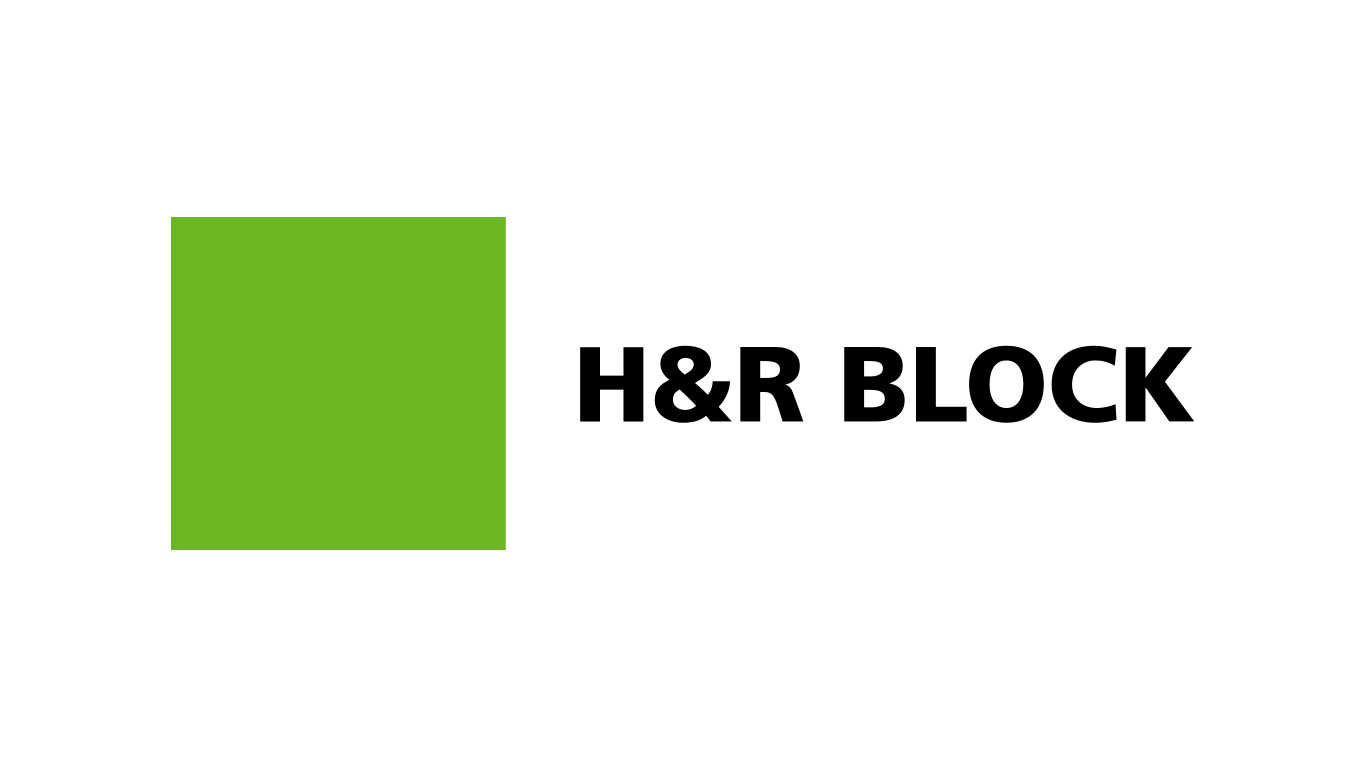
10. H&R Block (NYSE: HRB)
> YTD stock price change: -30.5%
> Latest FY revenue: $3.04 billion
> Forecasted FY revenue: $2.99 billion
> Sector: Consumer discretionary
In the United States, H&R Block is perhaps most known for its income tax return preparation services. With the company’s stock price down 30.5% in 2016, it ranks among the worst performing on the S&P 500 index. The stock’s poor 2016 performance came after a relatively stable year. The company’s stock price hit an all time high of over $37 a share in September 2015. Today the stock trades around $23 a share. H&R Block reported a $270 million net loss in the first half of its fiscal 2017, despite cutting operating expenses by 3.7% year-over-year. In an apparent effort to match services increasingly common across the industry, the company announced it would be offering a free filing service this upcoming tax season. Because of its reliance on tax season business, investors will likely be watching the company’s performance very closely over the next few months leading up to April 15, 2017.

9. Illumina Inc (Nasdaq: ILMN)
> YTD stock price change: -33.8%
> Latest FY revenue: $2.22 billion
> Forecasted FY revenue: $2.65 billion
> Sector: Health care
Biotech company Illumina develops products for genetic researchers. After dropping sharply in the middle of April 2016 on weak quarterly earnings, the price of Illumina shares rose steadily until October. On a single day that month the company’s share price tanked from nearly $185 to less than $140 on news of market saturation and declining revenue from the company’s gene sequencing device business. Though the company’s third quarter revenue was up 10% over the previous year’s quarter, it fell about $18 million short of projections. Perhaps even more detrimental to shareholder confidence, the company announced at the same time it expected fourth quarter revenue to remain flat.
[in-text-ad]
Illumina has not recovered on Wall Street since the major October setback. It remains one of only a handful of stocks on the S&P index to lose over a third of its value in 2016.
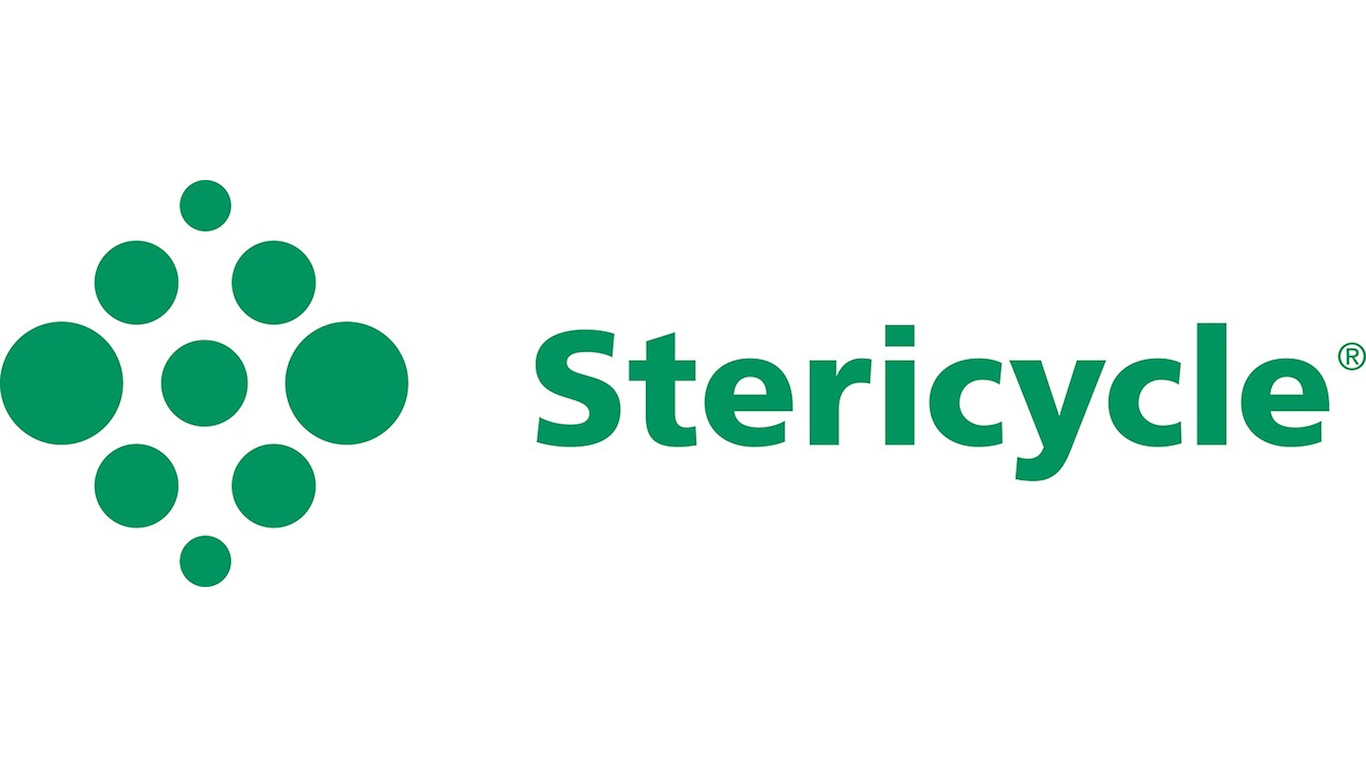
8. Stericycle (NASDAQ: SRCL)
> YTD stock price change: -35.7%
> Latest FY revenue: $2.99 billion
> Forecasted FY revenue: $3.60 billion
> Sector: Industrials
Stericycle manages waste for companies and health care institutions disposing of hazardous and confidential materials. Though the company was born as a result of the U.S. Medical Waste Tracking Act, it now operates in 22 countries. Breaking $1 billion in revenue in 2008, the company was added to the S&P 500 index the same year. This past year, however, it was among the worst perfoming on the index. The company’s share price dropped precipitously after the company reported first quarter earnings that fell short of analyst estimates. The company also reduced its estimates for future earnings, which likely further eroded shareholder confidence.

7. Allergan (NYSE: AGN)
> YTD stock price change: -38.5%
> Latest FY revenue: $15.07 billion
> Forecasted FY revenue: $15.28 billion
> Sector: Health care
Dublin-based pharmaceutical giant Allergan develops and manufactures dozens of medications designed to treat a range of ailments, from eye conditions to various infectious diseases. This year marked a departure from a pattern of years of success on Wall Street.
Year to date, the company’s share price has fallen by 38.5%, more than all but a handful of other companies on the S&P 500 index. Many investors likely dumped the company not because of any specific failure but rather because an anticipated development did not happen. Allergan was expected to merge with Pfizer, the biggest drugmaker in the United States. The merger would have saved the combined company an estimated $1 billion annually in U.S. taxes. The deal was called off days after the U.S. Treasury Department imposed new restrictions on corporate attempts to reduce tax burdens. On news of the federal government initiative and its implications for the merger, Allergan share prices fell precipitously and have yet to recover.

6. Vertex Pharmaceuticals (Nasdaq: VRTX)
> YTD stock price change: -38.9%
> Latest FY revenue: $1.03 billion
> Forecasted FY revenue: $2.20 billion
> Sector: Health care
Vertex Pharmaceuticals, a Boston based manufacturer of cystic fibrosis treatment medications, is among the worst performing stocks of the S&P 500. Vertex began the year poorly on Wall Street, with its share price plunging some 35% between the beginning January and mid-February. While the company’s stock price has fluctuated throughout the year, the stock is now trading at just over $70 a share, one of the lowest values all year, and in stark contrast to the price in January of over $120. Vertex reported lower than anticipated financial results in the first and third quarters of this year. The company attributed the miss to slow sales of one of its new drugs, cystic fibrosis medication Orkambi.
[in-text-ad]
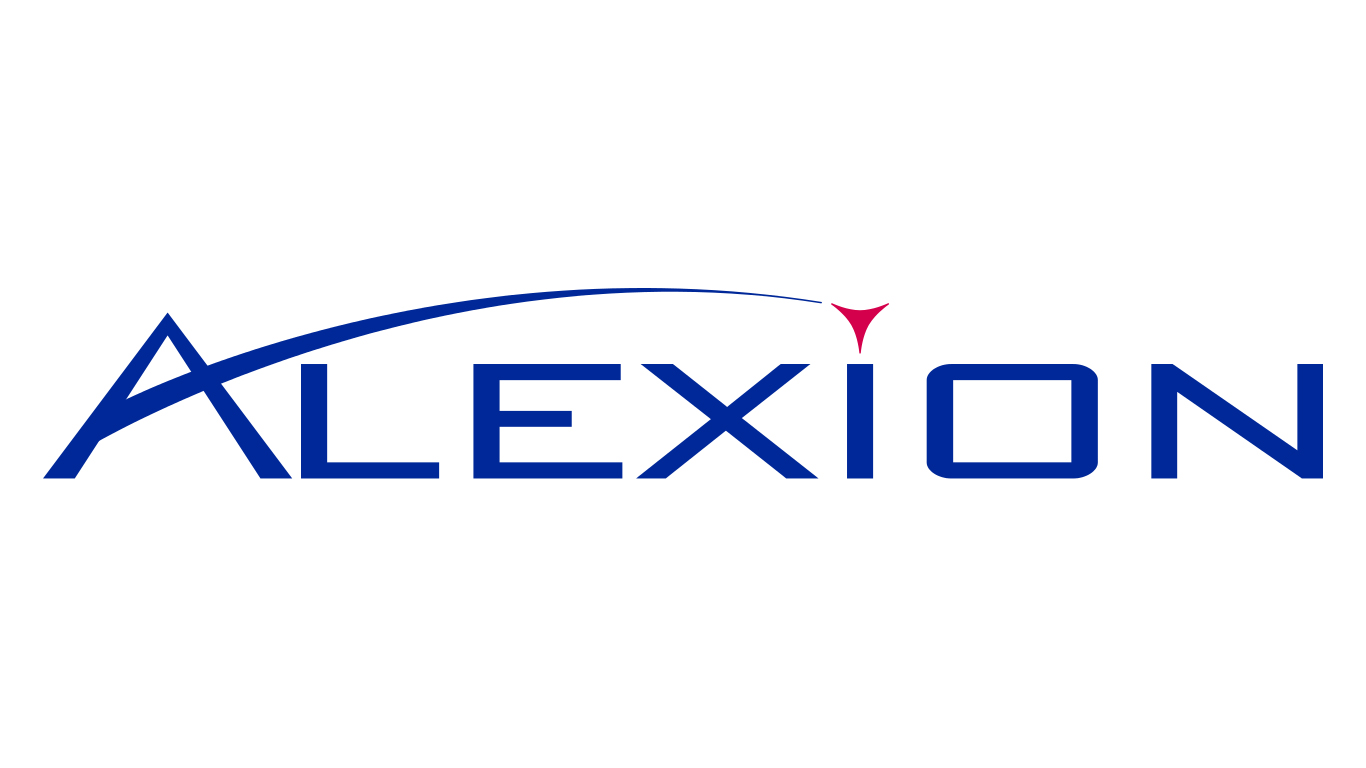
5. Alexion (NASDAQ: ALXN)
> YTD stock price change: -39.4%
> Latest FY revenue: $2.60 billion
> Forecasted FY revenue: $3.57 billion
> Sector: Health care
Connecticut-based pharmaceutical giant Alexion disappointed shareholders this year. Year to date, the company’s stock price has declined by nearly 40%. Alexion failed to meet earnings projections in the first two quarters of the year. While earnings beat analyst estimates in the third quarter, internal turmoil has largely defined the company’s fourth quarter. In early November, the company announced an internal investigation regarding improper sales practices related to Alexion’s flagship drug, Soliris. Then, in a surprise announcement in early December, both the company’s CEO and CFO abruptly resigned. The high profile resignations coincided with the company’s most recent dip on Wall Street.
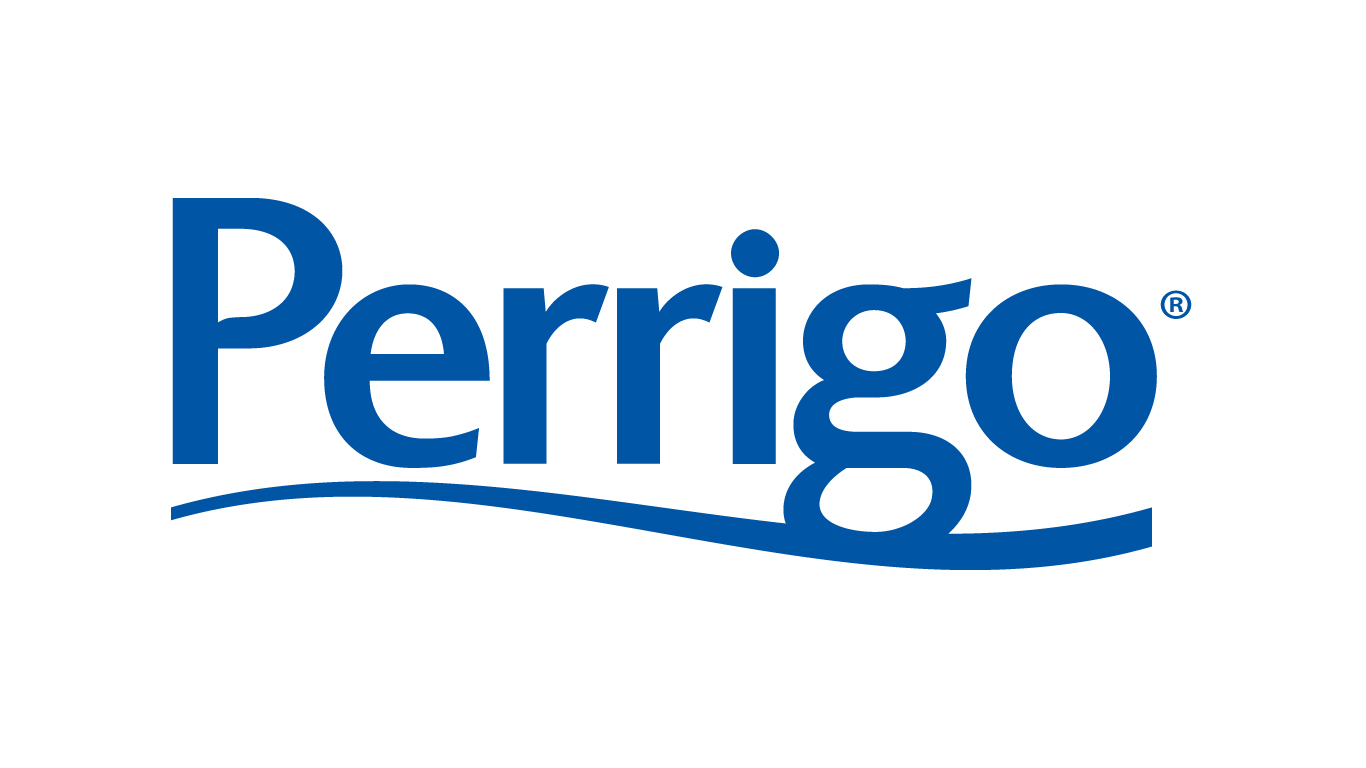
4. Perrigo (NYSE: PRGO)
> YTD stock price change: -42.7%
> Latest FY revenue: $4.60 billion
> Forecasted FY revenue: $5.64 billion
> Sector: Health care
Perrigo, which claims to be the world’s largest maker of over-the-counter health care products and supplier of infant formulas, has disappointed investors this year. The company reported $1.48 billion in revenue over the three months through July 2016, down from the comparable period the year before. Over the three months through July, Perrigo reported profit of $567.2 million, down from $628.1 million over the comparable period in 2015. Falling revenues and increased operating costs have contributed to a decline in profit over that period.
The largest drop in the company’s stock price occurred in April, when then CEO Joseph Papa resigned, taking the CEO job at Valeant Pharmaceuticals.

3. TripAdvisor (NASDAQ: TRIP)
> YTD stock price change: -44.2%
> Latest FY revenue: $1.49 billion
> Forecasted FY revenue: $1.66 billion
> Sector: Consumer discretionary
TripAdvisor, an online travel company, is one of the worst performing stocks of 2016. Shares rose to over $100 in 2014 but have remained well below that level since. TripAdvisor remains the world’s largest travel website, however. All of the company’s websites together boasted approximately 390 million average monthly unique visitors in the third quarter, up 11% from the third quarter of 2015. Some analysts attribute the weak year-to-date stock performance to the company’s transition from relying heavily on click-based advertising revenue to instant booking revenue, generated through commission rates paid for a user who completes a reservation through TripAdvisor. The company’s third quarter earnings fell short of estimates due primarily to declines in revenue from its core hotel business.
[in-text-ad]
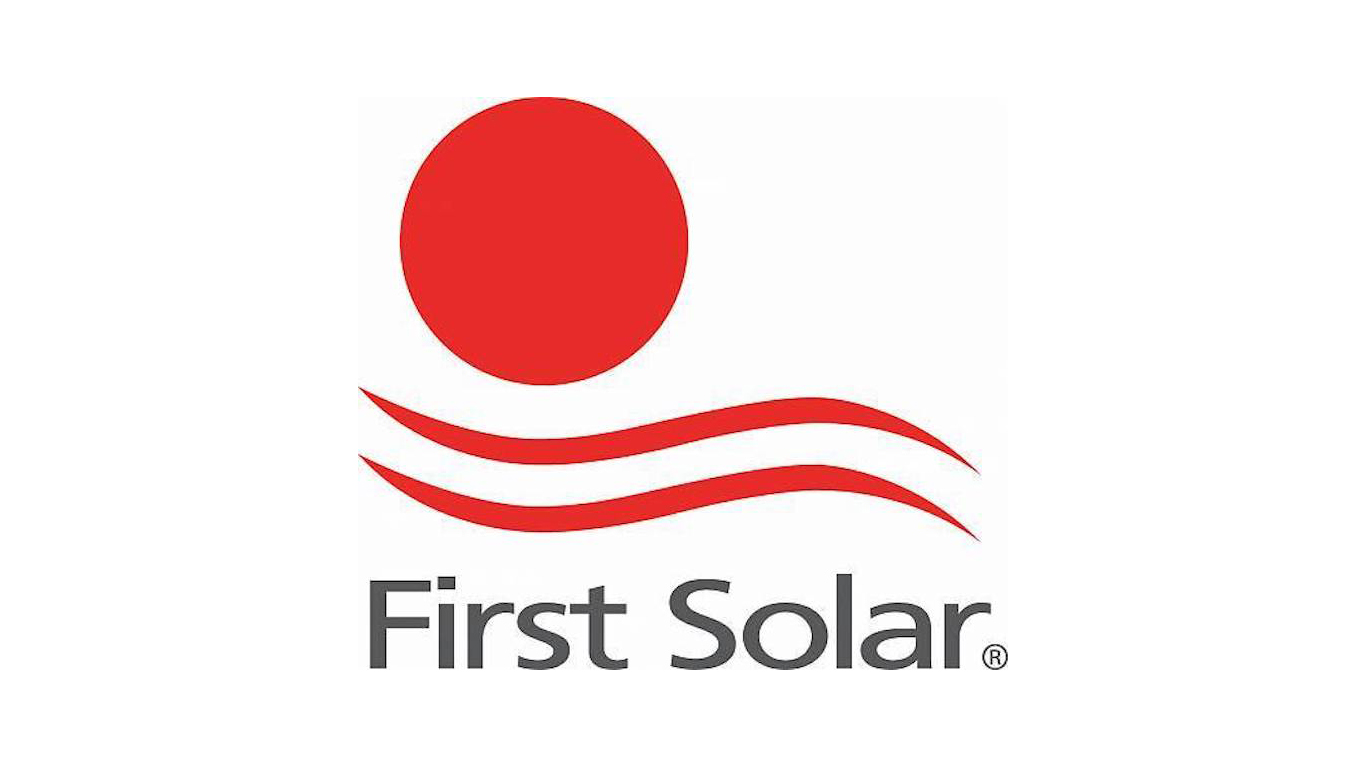
2. First Solar (NASDAQ: FSLR)
> YTD stock price change: -50.1%
> Latest FY revenue: $3.58 billion
> Forecasted FY revenue: $2.57 billion
> Sector: Technology
Shares of solar panel maker First Solar have dropped in value by approximately 50% year-to-date. The decline is in stark contrast with the confidence investors had in the company at the start of the year. For example, Goldman Sachs analysts rated the stock a buy in January after California Gov. Jerry Brown signed a climate change bill that was expected to increase solar panel sales. Since then, however, First Solar has floundered amid aggressive competition from international companies, especially Chinese-based energy companies. First Solar projected 2017 sales well below analysts’ estimates, and in a recent press release the company said it would cut 1,600 jobs from its global workforce.

1. Endo International plc (NASDAQ: ENDP)
> YTD stock price change: -75.1%
> Latest FY revenue: $3.27 billion
> Forecasted FY revenue: $3.99 billion
> Sector: Health care
Global specialty health care company Endo International develops, manufactures, markets, and distributes pharmaceutical and generic products as well as medical devices. Through its operating companies — Endo Pharmaceuticals, Par Pharmaceutical Companies, Paladin Labs, and Somar — Endo sells numerous drugs, including pain medications Percocet and Opana. After two consecutive years of profits, Endo reported a loss of almost $1 billion last year — despite revenue increasing from $2.38 billion in fiscal 2014 to $3.27 billion in fiscal 2015.
Endo’s share price dropped after the Federal Trade Commission filed a complaint in March alleging that the drugmaker used pay-for-delay settlements to fix generic drug prices of Opana and Lidoderm. Lidoderm, a pain-relieving patch, accounted for approximately 30% of Endo’s quarterly sales before its patent expired at the end of 2013. Relatedly, Endo’s stock price fell in November after a class action lawsuit was filed alleging Endo’s subsidiary Par Pharmaceutical colluded with several other companies in the industry to fix generic drug prices.
Let’s face it: If your money is just sitting in a checking account, you’re losing value every single day. With most checking accounts offering little to no interest, the cash you worked so hard to save is gradually being eroded by inflation.
However, by moving that money into a high-yield savings account, you can put your cash to work, growing steadily with little to no effort on your part. In just a few clicks, you can set up a high-yield savings account and start earning interest immediately.
There are plenty of reputable banks and online platforms that offer competitive rates, and many of them come with zero fees and no minimum balance requirements. Click here to see if you’re earning the best possible rate on your money!
Thank you for reading! Have some feedback for us?
Contact the 24/7 Wall St. editorial team.